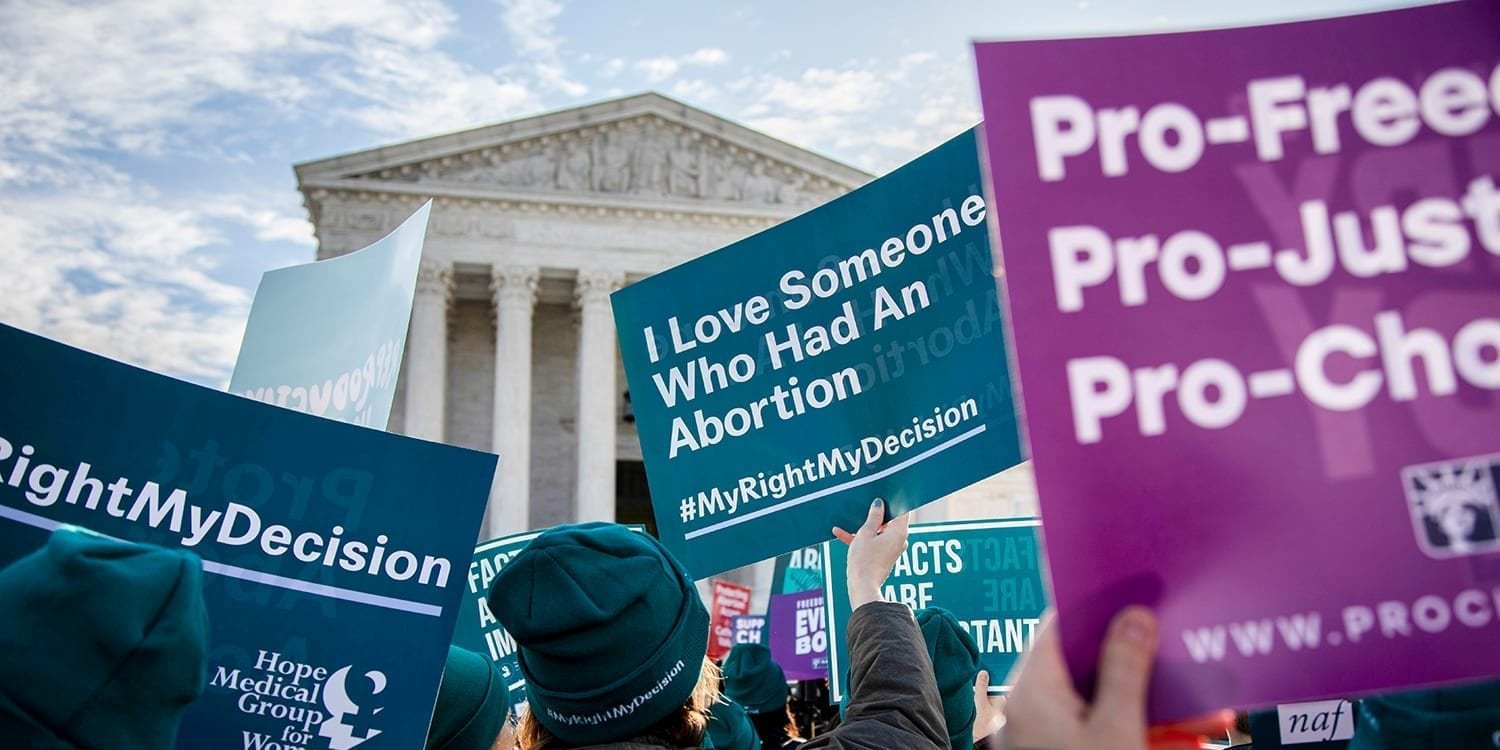About Reproductive Autonomy
About Reproductive Autonomy
The Right to Reproductive Autonomy: Advancing Gender Equality in State Courts
When the government restricts or coerces peoples’ reproductive lives—including whether, when, and how to become pregnant, give birth, and raise children—it undermines reproductive autonomy.
Such restrictions also perpetuate inequality along gender, race, and class lines by limiting an individual’s ability to participate fully in public and private life. Historic and modern restrictions on reproductive autonomy have often targeted women in particular. But such discrimination also has a pernicious impact on people of all gender identities who can become pregnant, including trans men and nonbinary people. More broadly, historic and modern reproduction regulation has controlled choices around pregnancy as a way to reinforce gender roles and other inequalities, making pregnancy a flashpoint for multiple types of discrimination. As explained in the Center’s report, The Constitutional Right to Reproductive Autonomy, laws based on stereotypes about men, women, and traditional gender roles, or that otherwise perpetuate inequality and the second-class status of women and all people capable of pregnancy, should be held unconstitutional as sex discrimination.
Current Federal Constitutional Protection
Relatively few U.S. Supreme Court decisions address whether the U.S. Constitution’s protection against sex discrimination guarantees the right of women and pregnant people to control their lives, health, and reproductive autonomy. The Court has held that government classifications on the basis of sex cannot “create or perpetuate the legal, social, and economic inferiority of women.” See United States v. Virginia, 518 U.S. 515, 532-34 (1996). This precedent, along with other significant modern developments in the Court’s sex equality doctrine, requires courts to apply heightened scrutiny in constitutional sex-discrimination cases, including when the discrimination relates to pregnancy. In some older cases, the Court has held, or in dicta indicated, that certain differential treatment based on pregnancy status or decisions about pregnancy is not sex discrimination. Those cases are wrong and should be overruled. Nonetheless, in Dobbs v. Jackson Women’s Health Organization, a majority of the Court invoked those older cases and expressed its view that state control of pregnant people’s bodies and decision-making does not implicate liberty or equality rights.
Why Look to State Courts
State courts can do better. Each unique state constitution can offer independent protection against government action that discriminates based on sex or subordinates people through reproductive control. State courts interpreting state equal protection provisions, equal rights amendments, and other state constitutional guarantees are not bound by federal precedent and can establish independent, and more robust, legal standards when reviewing claims of sex discrimination.
What state supreme courts have done this? We looked at high court opinions in each state for decisions addressing state constitutional sex discrimination claims. While relatively few states’ high courts have considered if laws regulating pregnancy or abortion implicate gender equality as a constitutional matter (CO, HI, ID, IA, NM, PA, TX, WA), a majority (31) have considered the scope of state constitutional protection against sex discrimination in some context.
The Center’s State Constitutions and Sex Discrimination resource provides analysis of the relevant controlling precedent in each state. Many of these decisions show how state courts use their own independent approaches in establishing state constitutional guarantees of gender equality.
Nearly half of the high state court decisions addressing sex discrimination hold or recognize that their state constitutions offer greater protection than federal law. Some directly state that the U.S. Supreme Court’s approach to equal protection is not an appropriate guide for interpreting their state constitution’s guarantees of equality. Importantly, because many of these decisions are several decades old, their consideration of federal doctrine (whether following or rejecting it) is uninformed by the significant modern developments in constitutional and statutory sex discrimination law. Thus, even as some court decisions stand out as examples of state courts leading the way in developing independent gender equality jurisprudence—some of those same decisions may rely on, or accept, then prevailing gender stereotypes. Accordingly, each of these cases should be read in the context of their time and considered as starting—not ending—points for securing greater protections under state constitutions and building pathways for the equal right to reproductive autonomy.
While the digital resource summarizes relevant legal standards in each state where the high court has addressed sex discrimination claims under the state constitution, it is not exhaustive. It does not capture every single relevant high court decision in a state, or the application of constitutional standards and precedent by lower courts. Nor does it survey state high court precedent on statutory protections against sex discrimination. If there is no synopsis for a state, it means that we did not locate a published high court decision clearly deciding or addressing a sex discrimination claim under the state constitution.
This resource will be updated as new state high court decisions substantially change the constitutional standard in a state.
Are you interested in learning more about this resource?
Contact us if you have questions or comments about the State Constitutions and Sex Discrimination resource.


